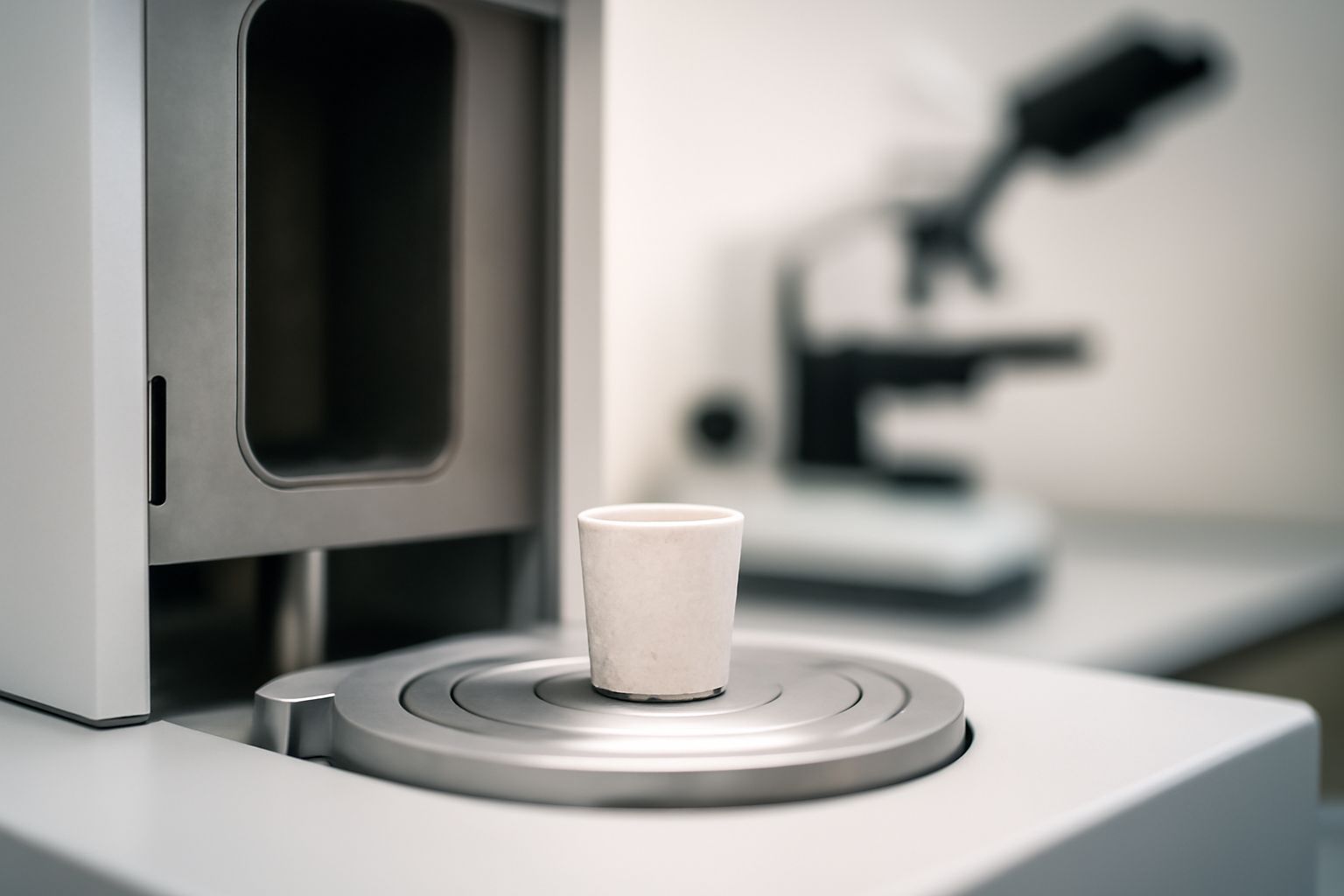Your cart is empty.
shop now
Your cart is empty.
shop now
Instrument errors and ruined results often start with a mismatched or damaged crucible. Many labs struggle with compatibility problems every day.
To solve crucible compatibility issues, always match crucible size, shape, and material to your specific TGA or DSC instrument’s requirements, and follow regular inspection and maintenance routines.

Over the years, I have learned the hard way that even small mistakes with crucibles can cost a lot of time and money. I want to share some tips to help you prevent common problems and keep your lab work smooth.
Placing the wrong crucible in your TGA or DSC can cause poor data or even damage sensitive parts of your instrument.
To ensure compatibility, check the crucible’s dimensions, recommended materials, and the instrument’s official accessory list before every purchase or use.
I always go to the manufacturer’s website for the latest specifications or download the current datasheet. Most major instrument brands like TA Instruments and NETZSCH have unique size, shape, and material requirements. Strict tolerances often prevent using pans from other brands. Here’s a typical compatibility table comparing instrument brands:
| Instrument Brand | Common Model | Required Crucible Material | Shape/Size Reference |
|---|---|---|---|
| TA Instruments | Discovery, Q Series | Alumina, platinum, sealed pans | TGA pan guide |
| NETZSCH | DSC 404, TGA 209 | Alumina, ceramic, silver | DSC pan specs |
| Mettler Toledo | STAR System | Platinum, alumina | Supplier’s catalog |
Tight tolerances mean even small dimension changes can stop the instrument from running safely. Source: TA Instruments Consumables
Breaks, cracks, or worn edges on a crucible during high heat put both your test and your instrument at risk.
If a crucible is damaged, stop all testing, remove the crucible, inspect for debris, and replace it with a new, undamaged one before resuming any work.
I check each pan for fine cracks or cloudy spots before every test. Damaged pans can leak samples or stick in the instrument, causing costly downtime. If I find damage, I clean all contacts, reset the instrument calibration, and document the incident for lab records. Below are typical responses to crucible damage:
| Damage Type | Immediate Action | Prevention Next Time | Extra Reference |
|---|---|---|---|
| Crack or chip | Remove and replace | Inspect before each use | Ceramic care info |
| Deformation | Stop run, check for software errors | Do not exceed max temp | Instrument manual |
| Residue or contamination | Clean or dispose | Wash after every analysis | Lab washer |
Keeping a small stock of backup crucibles can mean the difference between major delays and quick recovery for the lab.
Even tiny amounts of contamination can ruin expensive samples or give false results during thermal analysis.
Prevent contamination by cleaning crucibles after each use, storing them in dust-free containers, and always handling them with clean, powder-free gloves.
I set up a workflow in my lab to keep pans in sealed storage when not in use. I also rinse and dry every unit using recommended lab washers. Gloves stop oils or dust from transferring into pans. Here’s my summary of best practices for contamination control:
| Measure | Why It Works | How to Do It | Related Data |
|---|---|---|---|
| Post-use cleaning | Removes residue | Wash after each test run | Contamination Control |
| Sealed storage | Protects from dust | Keep in closed container | Lab SOP guidelines |
| Glove handling | Keeps surface pure | Use new, clean gloves each time | Laboratory gloves |
By tracking cleaning habits and storage rules, I keep most contamination issues away and save valuable test time.
Frequent failures with high-temperature crucibles include poor fit, thermal cracks, lingering chemicals, and recurring instrument errors.
You can address most issues by choosing quality crucibles, using regular inspection routines, and following equipment guidelines for setup and use.
Over the years, my records show that buying cheaper, generic pans ends up costing more due to errors and replacement needs. I now check all pans for signs of wear, and always cross-check my test protocol before each run. Here’s how to fix or avoid the top problems:
| Issue | Root Cause | Fix or Best Practice | Reference |
|---|---|---|---|
| Poor instrument fit | Wrong size or tolerance | Order pans by model, check specs | Instrument rules |
| Thermal cracking | Overheating or quick cooling | Observe max temp change rates | Instrument manual |
| Repeated contamination | Old residue or mishandling | Add more frequent cleaning | ScienceDirect |
The labs that stay on top of these small checks see more stable results and fewer repeat tests or failed runs.
Keeping crucibles compatible, clean, and free from damage is the key to reliable results in high-temperature analysis and smooth operations for every lab testing team.
Contact REDTHERMO Technical SupportTechnical support email: